
Jo Siffert – the man who revved up Porsche in the USA
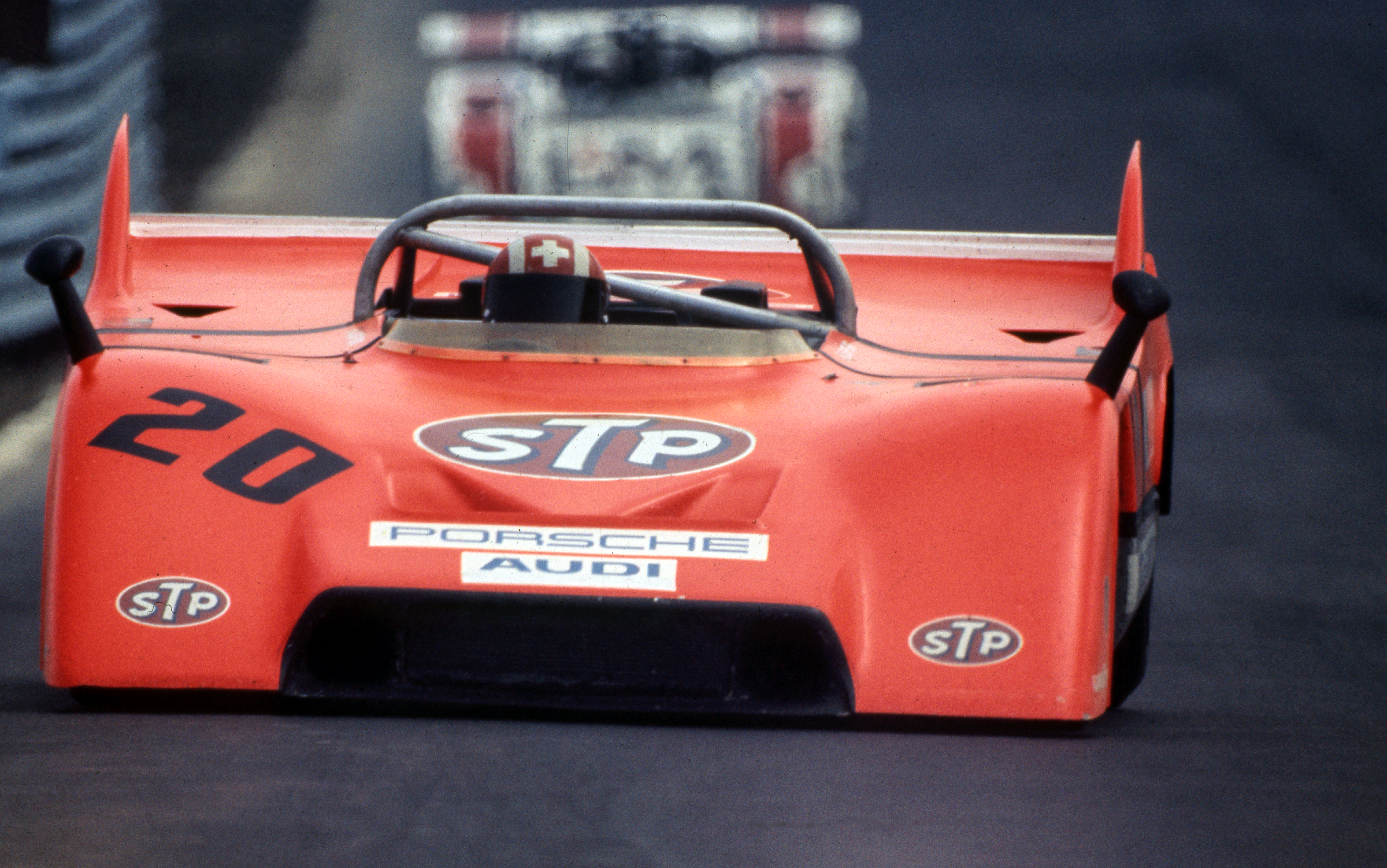
With racing driver Jo Siffert, who died in an accident 50 years ago, racing lost one of its top drivers and Switzerland lost its first world sports ambassador. Siffert left a rich harvest for his employer Porsche: The global brand owes the conquest of the U.S. market to the man from Fribourg.
Until the 1970s, racing was a roulette for prize money, fame, sales figures. The stakes: the lives of the drivers.
Jo Siffert was an absolute key player in this big game. He was never a Formula 1 world champion, but for Porsche, the charismatic, cool driver from the poor quarter of Freiburg was something like the Most Valuable Player.
In 1968, Siffert won a Grand Prix in the Formula 1 World Championship and achieved hero status-partly because he was the first Swiss driver to do so. In the second half of the 1971 season, after an endless series of bankruptcies and breakdowns due to inferior material, Siffert was finally among the absolute fastest Formula 1 drivers in the world.
Tremendous legacy
But on October 24, 1971, “Seppi,” as his fans still call him today, crashed on the Brands Hatch race track. The cause was a material defect. 50,000 people lined the streets of his hometown of Freiburg to bid farewell to the idol. At the time, the bilingual city had just under 38,000 inhabitants. It was one of the largest mourning ceremonies Switzerland has ever seen.
For Porsche, the success story really began after Siffert’s death. For with his pioneering campaigns in the North American Can-Am series in 1969 and 1971, Siffert had given the Stuttgart company a decisive boost in the USA: He laid the foundation for Porsche to achieve a massive increase in sales in the early 1970s.
Not only that: The U.S. market was to become a real goldmine for the Germans-with ups and downs.
Poker for his expensive cars
“Seppi was a self-made man who had made it from rag-and-bone man to star, and he had a hell of a charm,” Edi Wyss describes him. As a mechanic in 1971, the Zurich native ensured that Siffert’s bright red Can-Am bolide was not only fast, but also as reliable as a Swiss watch.
“In addition to his qualities as a top driver, there was one thing about him that impressed me most: he was an entrepreneur through and through, running two garages alongside his career, negotiating with banks and building commercial buildings in Fribourg.”
Siffert also took many risks as a businessman, but it usually turned out well for him, Wyss said. Seppi once told him about a big deal in which he had sold several expensive cars to a customer from a posh Valais town.
All of a sudden, he was no longer able to pay. Seppi therefore suggested that he play poker for the cars.
Wyss recounts: “Every time Seppi won, his advisor and manager grabbed one of the keys that were lying on the table in front of them and drove car after car out of the underground garage. Siffert had lost everything, but won it all back in the end by playing poker.”
Horsepower spectacle on the prairie
Siffert also played a poker game with Porsche to get his hands on a honey pot of particularly fat prize money in 1969: the North American Can-Am series. It was to be a poker game in which both won.
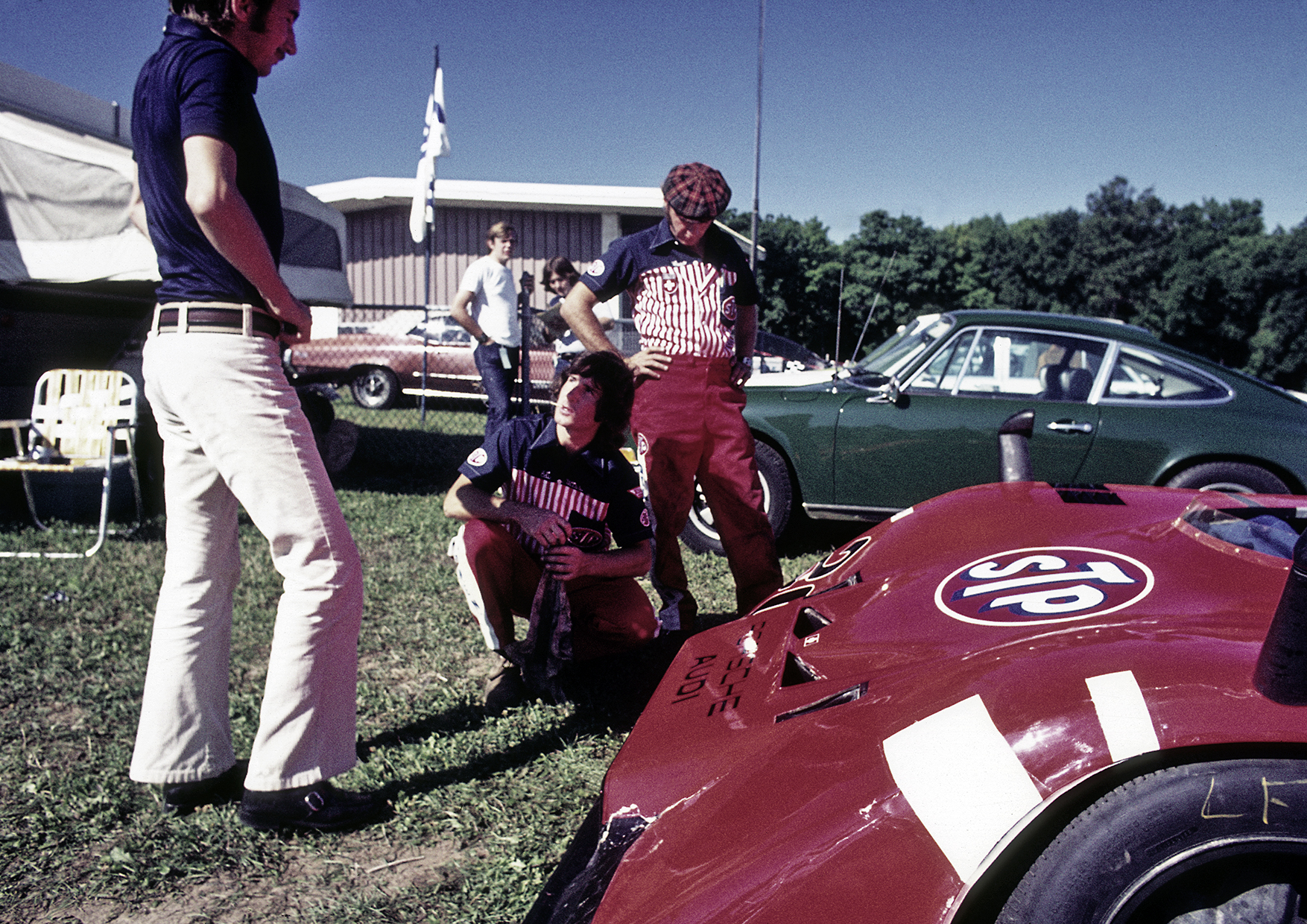
The Canadian-American Challenge Cup, the full name of the sports car series, was an original American invention that was held from 1966 to 1974. Few rules, lots of prize money, was the motto. Two of the most important rules: The wheels had to be covered by bodywork and the cockpit had to have two seats.
The mantra of U.S. racing at the time was “Win on Sunday, sell on Monday.” After the races, the successes achieved on the track were to translate into sales in the showrooms of the car dealers. In the fierce competition between engine manufacturers Chevrolet and Ford in particular, victories were pure advertising gold.
“Go West, Fast Man”
Power-packed cars, roaring engines, glamour provided by a handful of star drivers from Formula 1, the rest amateurs with mini-budgets – that was the mix that made the series a myth. Thousands of fans made the pilgrimage to the tracks and followed the wild bunch across the country.
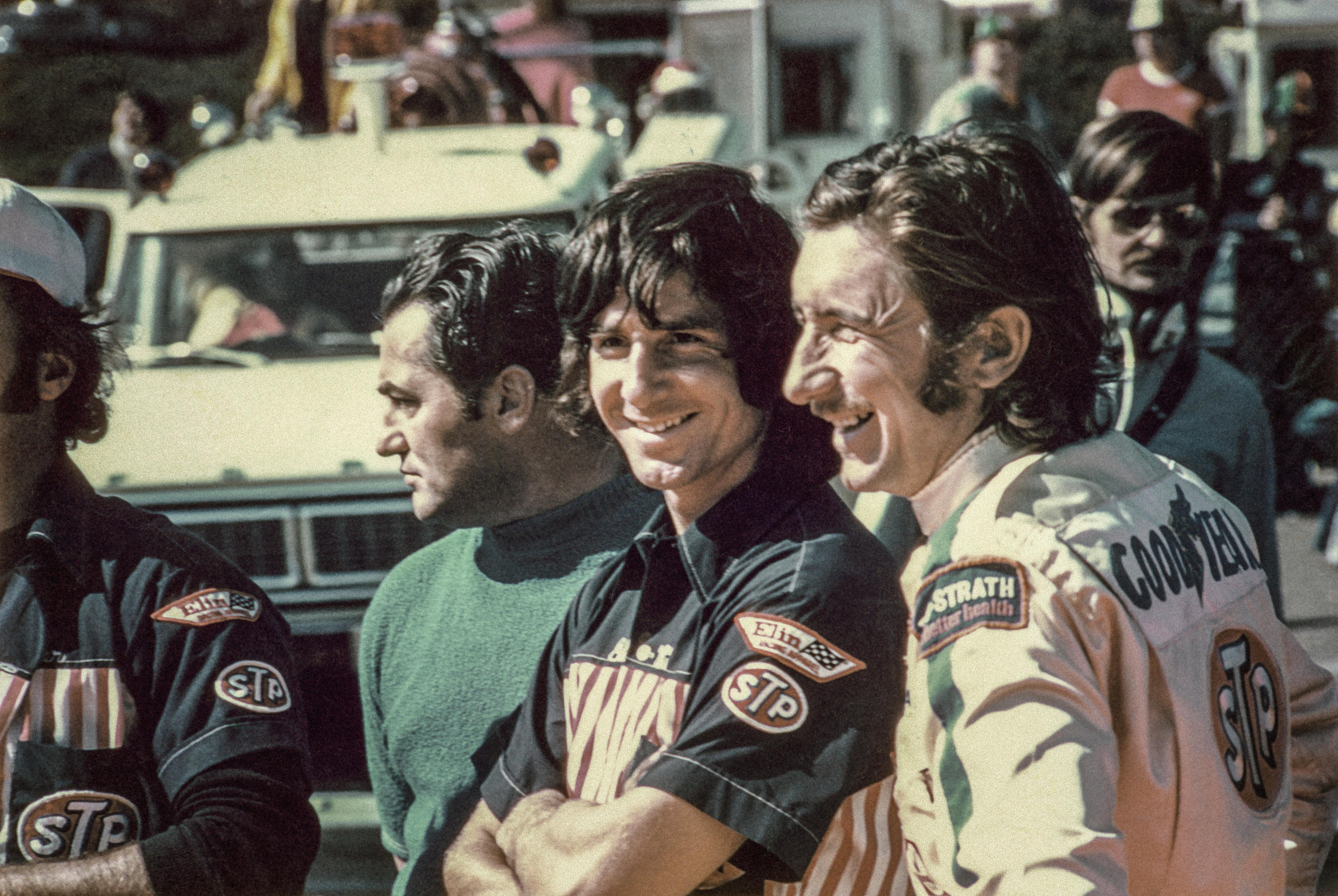
But Porsche, the employer, was initially anything but enthusiastic about Seppi’s pioneering project. Only with a lot of persuasion and thanks to the intercession of Porsche racing director Rico Steinemann, also a Swiss, was Seppi able to persuade the Stuttgart company to enter the Can-Am adventure in 1969.
Siffert took on a special role in this monster horsepower show: on the one hand, he was the cool star from Formula 1, but on the other, he was only on the grid with a mini-team.
The link to success
His Porsche 917 PA, an open-top version of the then brand-new 917, was still too immature and underpowered to really challenge the top dogs McLaren.
The name PA stands for the decisive piece of the puzzle in this success story initiated by Seppi: “Porsche + Audi,” the new sales company of the VW dealers for the two brands in the USA. PA was the sponsor of Siffert’s campaign.
The white racer bore the starting number 0. Today, the starting number, which is as eye-catching as it is unusual, seems like a symbol of a zero hour in automotive history, marking the start of Porsche’s conquest of the U.S. market.
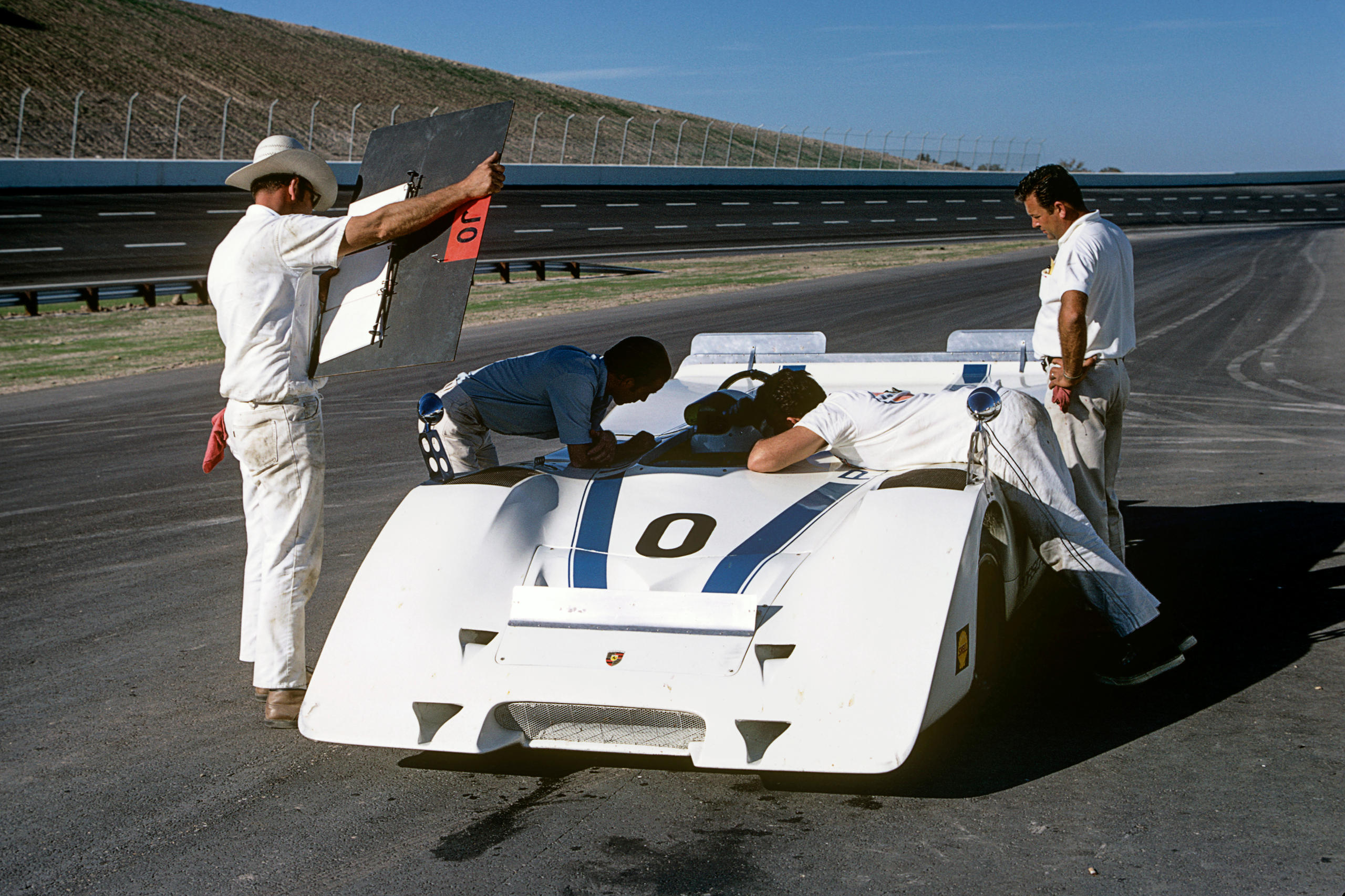
Despite disadvantages, Siffert put himself and his spick-and-span vehicle in the best possible light on the new continent: he finished an excellent fourth overall.
The dream is not for free
In 1971, the omens were better in that the 917 had meanwhile matured into the dominator of the sports car world championship. But this time Porsche didn’t just say yes either, but imposed clear conditions on Siffert: One was that he should make his own financial contribution.
The poker player Siffert didn’t bat an eyelash: He – with 13 victories in the World Sports Car Championship the most successful and also the most loyal Porsche works driver of his era – paid his employer $60,000 to make his Can-Am dream come true with a special version.
To this end, mechanic Edi Wyss traveled to Stuttgart, where he helped weld the frame of the 917/10 and lent a hand in assembling it. So there was also a piece of Swiss precision work in Seppi’s Can-Am Porsche.
In terms of materials, it remained “Mission Impossible. Siffert’s bright red car was still vastly inferior to the Chevrolet-powered McLaren in 1971: 5-liter vs. 8.1-liter engine, 630 hp vs. 740 hp, 743 kg weight vs. 646 kg.
But Siffert shone this time as well, practically making up for the handicap with his exceptional driving skills and the reliability of the material.
Once again, Siffert’s guest appearances were under the “Porsche + Audi” banner. In addition, Seppi brought in the sponsors STP, Marlboro and Goodyear. Still, resources were minimal.
“Any collision, any ride-out that would have damaged the car’s frame would have meant the end of the mission,” says Edi Wyss.
Siffert had quickly won the hearts of the fans. He brought with him all the ingredients needed for any heroic story made in the USA: a smart, cool underdog, a pioneering spirit, a steely will, outstanding skill, advancement and success, but still down-to-earth, modest and approachable.
Swiss mission
The team at the race tracks consisted only of a Swiss trio, which included Hugo Schibler as a second mechanic in addition to Siffert and Wyss.
Two U.S. racing teams provided logistical support: Art Bunker Racing at the races in the East, Ritchie Ginther at those in the West.
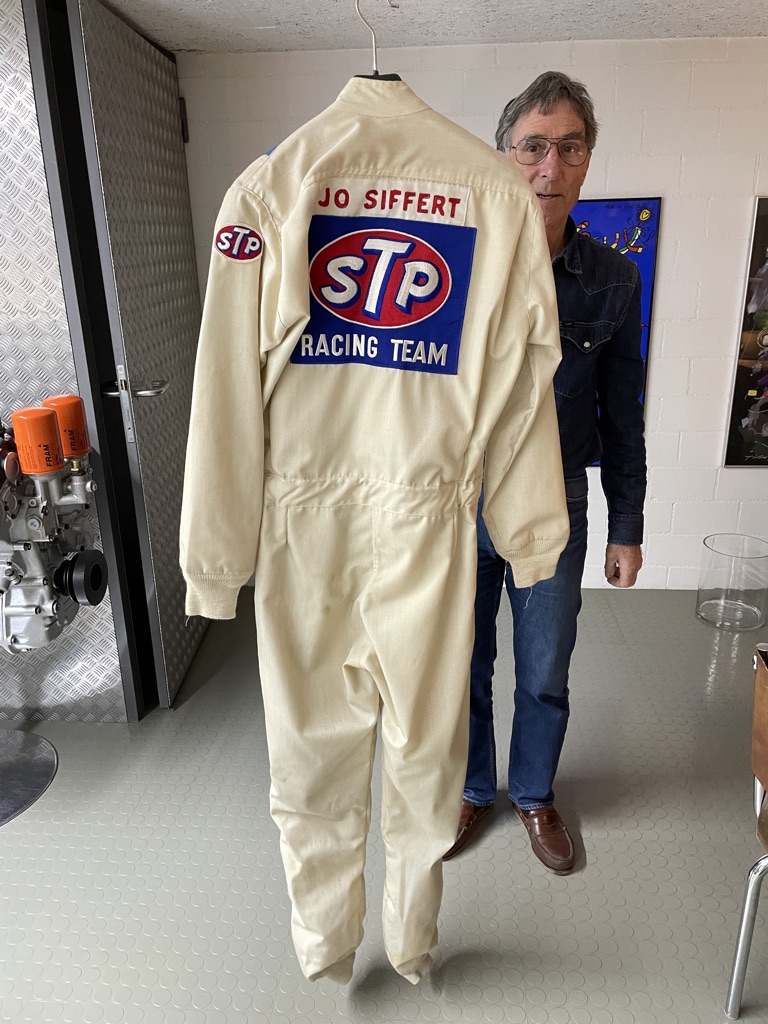
As two years before, Siffert got the maximum out of the race. Although he missed four of the ten races – the first three and the last race due to his accident – he finished the championship in an excellent posthumous fourth place.
Boost for Porsche
Siffert was no longer able to reap the fruits of his mission himself. Porsche, on the other hand, did. After Siffert’s death, in 1972 and 1973, Porsche’s further developments of his 1971 racer, now equipped with turbo engines with 1,000 hp, drove the Can-Am competition into the ground: In 1972, Porsche won six of nine races, and in 1973 they even won all eight rounds.
And in 1976, five years after Seppi’s death, Porsche won the World Sports Car Championship with the 936, which had a lot of the DNA of Siffert’s 917/10. In addition, the 936 won the 24 Hours of Le Mans three times.
From small to big business
The poker game was a winner – and the dollars began to flow for Porsche to an unimagined extent.
In 1969, Porsche sales in the USA had dropped by more than 20% to a measly 5893 units. This was despite the fact that Briton Tony Dean drove a Porsche 908 in the Can-Am field and even won once. Siffert, for his part, didn’t get into the action until mid-August, just before the middle of the season.
Above all, however, the new sales platform did not start until the end of the year-with the opening of 100 “Porsche + Audi” sales points on November 1, 1969.
But by 1970, Porsche sales were through the roof – with a historic increase of over 135%. The new mid-engine 914 coupe turned out to be a big hit, replacing the 911 as Porsche’s bestseller. On advertising posters, the new model was staged together with Siffert’s white car from the previous year.
In 1971 – the year of Siffert’s glittering Can-Am appearances – U.S. sales of the sports cars made in Germany performed by another plus 24% to 17,239 cars.
Finally, in 1972 and 1973, when the 917/10, now reverently or contemptuously called the “turbo tank” by Americans, won 14 of 17 races, Porsche sales continued to grow, albeit with the handbrake on. But that was also due to the oil crisis of 1973.
The overall balance of Porsche’s Can-Am campaigns was impressive: From 1969 to 1973, sales at dealers had more than quadrupled from 5893 to 23,771 sports cars.
Of course, there were other racing series in the USA in which Porsches competed. But none came close to the Can-Am with its image of glamour, wildness and craziness.
Trinity as a goldmine
The basis of the success was the combination of Seppi’s own initiative with “Porsche + Audi”: With his top performances in the 917/10, Siffert in a sense wrote the checks that the dealers could then cash in their showrooms.
It was a congenial, mutually lucrative partnership that Siffert initiated and in which he acted as a link between the noise and glamor of the racetrack, sales and the industry.
Jo Siffert played a major role in making the U.S. the most important sales market in the world for Porsche – viewed over the last half century.
And without the U.S. as the main engine for its humming global business, Porsche would probably not have become the largest sports car manufacturer. And one of the best-known brands in the world at that.

In compliance with the JTI standards
More: SWI swissinfo.ch certified by the Journalism Trust Initiative




























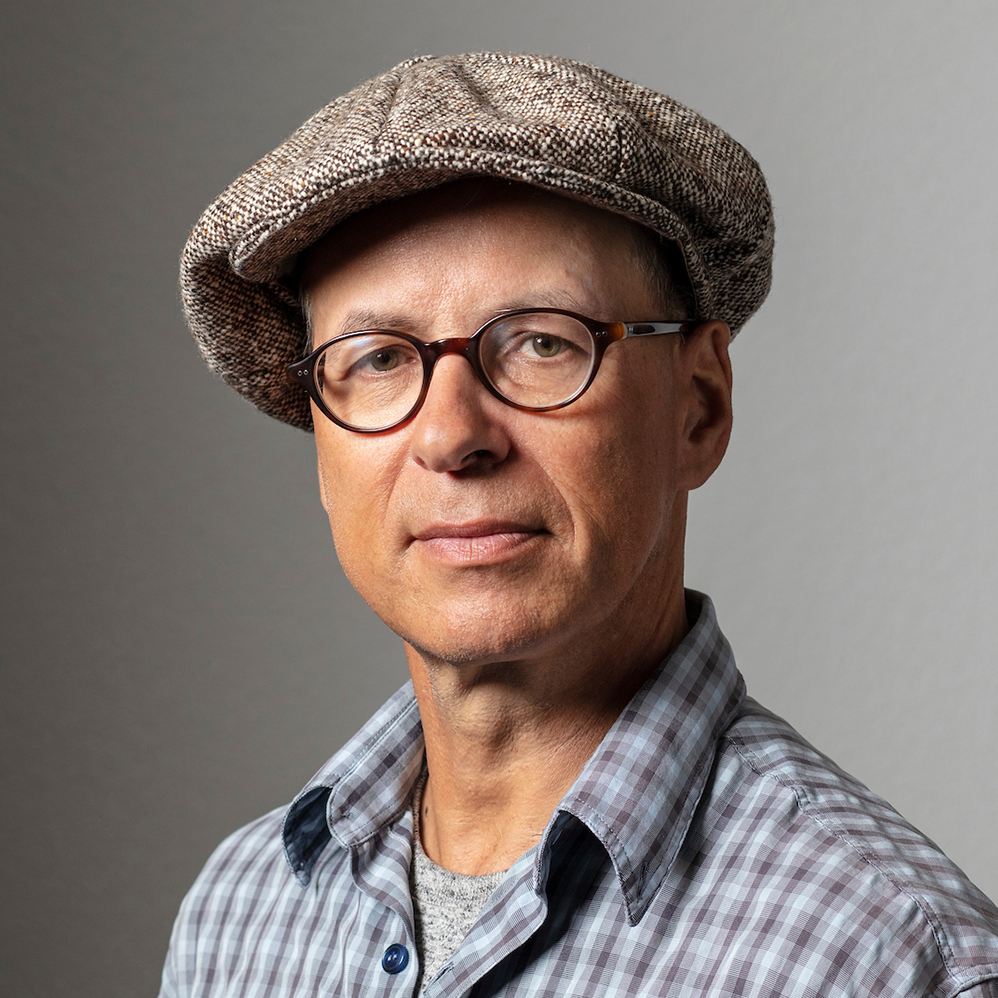
















You can find an overview of ongoing debates with our journalists here . Please join us!
If you want to start a conversation about a topic raised in this article or want to report factual errors, email us at english@swissinfo.ch.